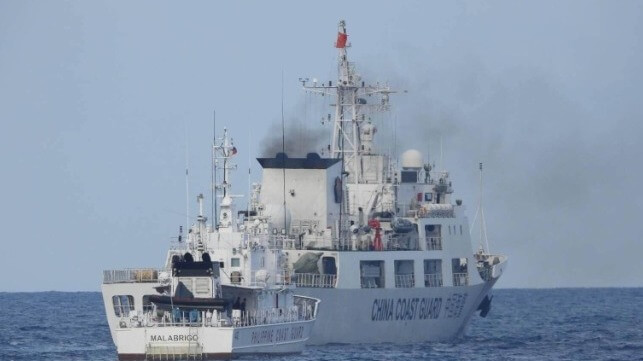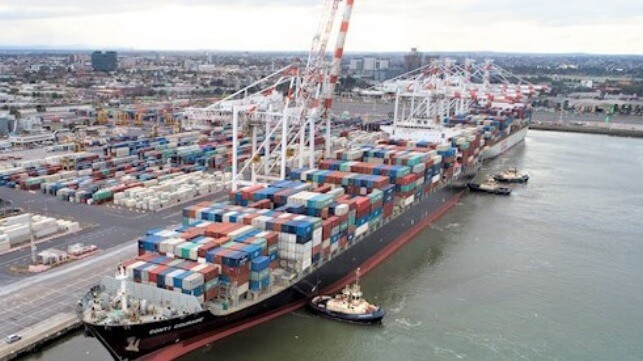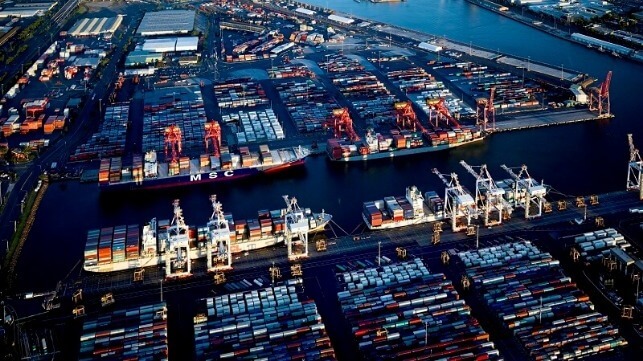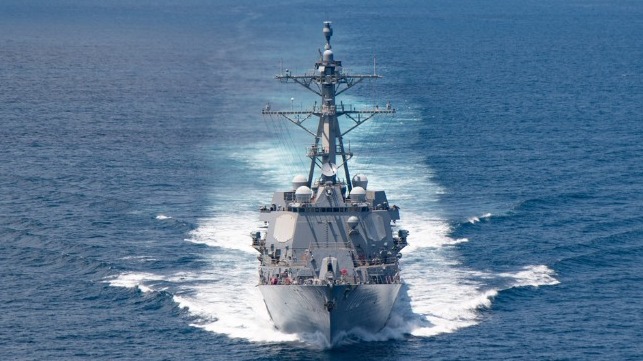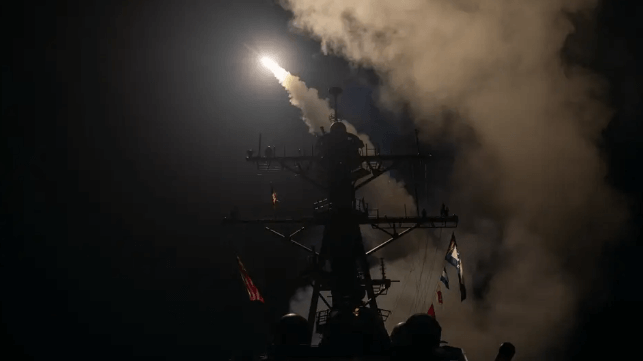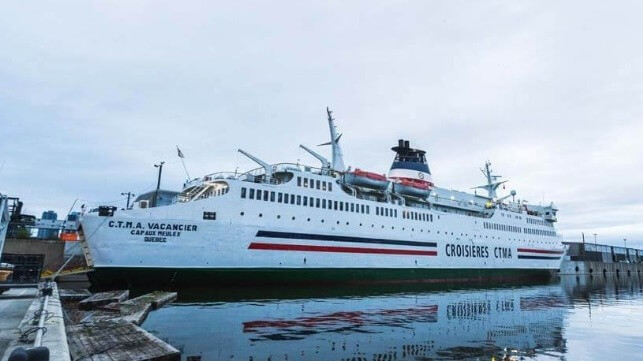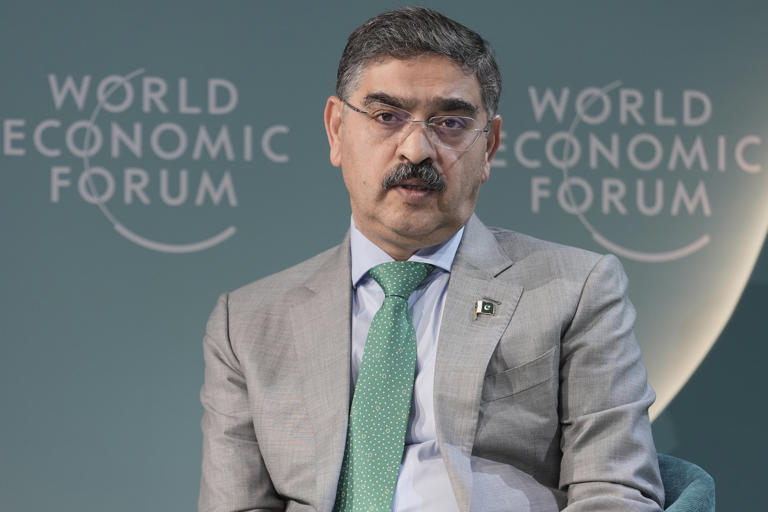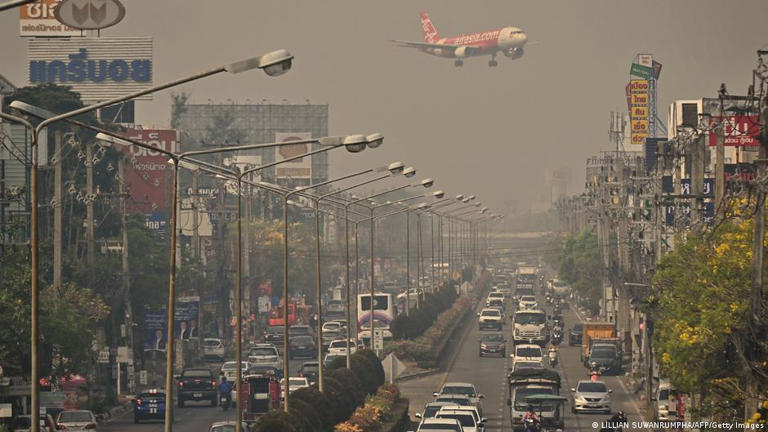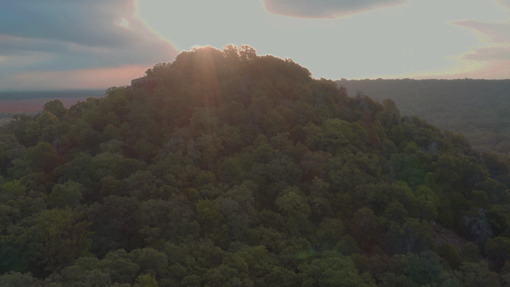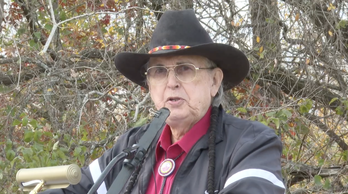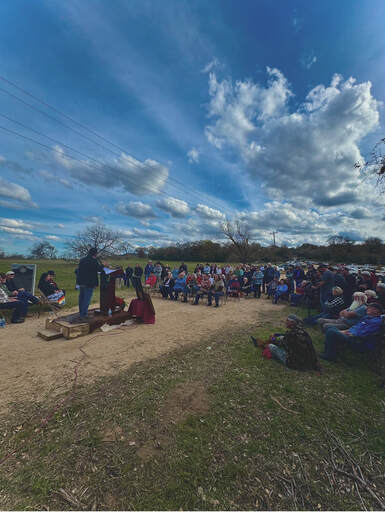On 13 January, Lai Ching-te of Taiwan’s independence-minded Democratic Progressive Party (DPP), was elected president of the raucously democratic island that China claims as its own. Also known as William Lai, he beat two China-friendly candidates to win 40% of Taiwan’s vote. His win was historic: no party has won Taiwan’s presidency three times in succession since direct presidential elections were instituted in 1996.
China had painted Lai as a ‘separatist’ who could provoke war in the Taiwan Strait, but many Taiwanese voters paid no attention. Lai’s platform emphasised human rights and de facto partnerships with like-minded democracies, including the US, Taiwan’s main backer and weapons supplier. ‘We are telling the international community that between democracy and authoritarianism, we will stand on the side of democracy,’ Lai said after claiming victory.
Legislative elections were held with the presidential poll and Lai’s DPP lost its majority in Taiwan’s 113-seat parliament, the Legislative Yuan.
Lai’s win and the DPP’s losses in the Legislative Yuan usher in two political risks for Taiwan, its international supporters and the wider region: the prospect of greater pressure from Beijing, and the possibility that a DPP presidency without a parliamentary majority will test the island’s political maturity and ability to remain a stable and effective partner to its friends abroad.
The first risk is the obvious and immediate one. Taiwan is likely to have increasingly tense relations with China during Lai’s four-year term after he takes office in May. China’s Taiwan Affairs Office under its State Council issued a statement shortly after the elections that indicates how China plans to treat Lai’s leadership.
After the third consecutive DPP presidential win, it’s been said in Taipei that there are private fears in Beijing that the DPP might become Taiwan’s version of the Japanese Liberal Democratic Party, which has been almost continually in power since the mid-20th century. Naturally, none of these fears were on official display. The Taiwan Affairs Office merely said the elections in China’s ‘Taiwan region’ showed that the DPP was unable to represent mainstream public opinion on the island. This was both a reference to Lai’s win on a split vote and China-friendly politicians’ wins in the legislature. China would resolutely oppose Taiwan separatist activities and interference from ‘external forces’, a reference to America.
As with many Chinese official utterances, this statement served more than one purpose. It indicated that China is denying the legitimacy of Lai’s leadership of Taiwan despite his calls for dialogue with China as equals. Beijing very probably will reject formal contact with Lai’s government, as it did with his predecessor Tsai Ing-wen, who was constitutionally barred from running for a third term.
Instead, Beijing is expected to intensify the diplomatic and military harassment it meted out to Tsai. This includes invasive military exercises by the People’s Liberation Army with Chinese warplanes flying into Taiwan’s air defense identification zone almost daily. During Tsai’s rule, Chinese ballistic missiles flew over Taiwan. Such demonstrations, which are expected to become more dramatic, are aimed at wearing down Taiwan’s morale rather than creating a military clash, but there’s always the risk of accidents causing tensions to spiral out of control.
China is also expected to use its wealth and diplomatic clout to further isolate Taiwan in the global community. As a sign of things to come, two days after the election, Nauru switched diplomatic recognition from Taiwan to China, whittling Taiwan’s small band of formal diplomatic allies down to 12. China is also expected to engage in economic warfare with Lai’s government. On 1 January it restored tariffs to 12 products that had been liberalised under a landmark cross-strait partial free trade agreement over a decade ago. China’s Ministry of Commerce has threatened to restore tariffs to other items, including textiles and auto parts. This won’t affect Taiwan’s economy much or be felt by ordinary Taiwanese, who China wants to impress, but will still send a direct message to elite executives in the industries involved.
In Taiwan, soft-spoken Lai has been a huge local success. The son of a coal miner who grew up poor, he studied medicine at prestigious Taiwanese universities and Harvard, before ditching his job as a doctor to go into politics in the mid-1990s. He went on to hold many senior posts including premier and vice president.
For China, all this has been overshadowed by the comment he made in 2017 that he was a ‘pragmatic worker for Taiwan independence’. Lai has since promised to stick to Tsai’s careful dictum that since Taiwan is independent, no further declarations are necessary. However, China clearly still doesn’t trust him. Just before the election, the Taiwan Affairs Office warned that a Lai presidency would bring ‘high winds and strong waves’ to the Taiwan Strait, predicting he would bring the island ‘closer and closer to war and recession’.
The office also promised that China would work with ‘relevant political parties, groups and peoples from all walks of life in Taiwan to…deepen cross-strait integrated development …and promote the great cause of the reunification of the motherland.’ China clearly plans to reach out to China-friendly opposition politicians, including mayors and county commissioners. It may reward their towns and counties with business deals to foster feelings of goodwill toward China among ordinary Taiwanese, and to isolate the DPP.
Beijing’s depiction of Lai’s win as going against mainstream opinion in Taiwan, serves a second purpose, giving China’s leader, Xi Jinping, more room to decide if and when he wants to take tougher action against Taiwan. Xi has staked his reputation on bringing Taiwan into the Chinese fold. He said in 2013 that the Taiwan issue could no longer be passed down from generation to generation. Presenting Lai’s win in this way gives the impression in China that Taiwan culturally still has not drifted away from China permanently. With some hawkish elements in the PLA and Chinese society baying for Xi to do something about Taiwan immediately, this framing of Lai’s win is intended to take the pressure off Xi, as he solves pressing domestic problems, including China’s ailing economy.
China’s portrayal does not fit with the realities on the ground in Taiwan. An academic study from Taiwan’s respected National Chengchi University found that nearly two-thirds of Taiwanese people say they have an exclusive Taiwanese identity, not a Chinese one. Lai’s more China-friendly rivals, Hou Yu-ih of the Kuomintang, a burly former cop who won 33.5% of the vote, and Ko Wen-je of the Taiwan People’s Party, an unconventional former Taipei mayor with 26.5%, promised to launch dialogue with Beijing to soothe tensions. However, they still had pro-Taiwan platforms and, like Lai, called for increased defence spending and robust ties with the US.
The DPP lost 10 seats to end up with 51 seats in the Legislative Yuan to the KMT’s 52. TPP seats climbed from 5 to 8. No party has a majority. Lai will have to cooperate with parties that may not always be friendly to him to have his legislation enacted. This challenge might also complicate matters for the global community.
During the rule of a previous DPP president, Chen Shui-bian, opposition politicians dominated the legislature when George W Bush in 2001 offered Taiwan an enormous weapons package. The DPP government readily agreed, but opposition lawmakers blocked the procurement budget. The main motivation for their obstruction appeared to be to humiliate the president. By the end of Chen’s term in 2008, Taiwan’s reputation with many American officials and lawmakers was in shreds. They felt that while the US was prepared to help Taiwan, it was not serious about its own defence. Similar mixed messages to the global community this time around could be even more destabilising, particularly if they make China over-confident.
In addition, Taiwanese foundries make 90% of the world’s advanced semiconductors used in everything from sophisticated weaponry to cars. About 60% of Australia’s semiconductors come from Taiwan. Petty political disputes could potentially obstruct or delay the approval of budgets needed for long-term infrastructure development, such as science parks, that could help this industry expand in Taiwan.
Lai seems aware of the pitfalls. Since his victory, he’s promised to bring talent from other political parties into his administration. He also promised to study his two rivals’ policies, saying he would incorporate their ideas if they benefited Taiwan’s people.
Ko’s TPP could hold the balance of power. Speaking to reporters before the election, he promised to focus on the big picture, eschewing ideology and blanket support for one political ally. He promised to work with the new government, provided his party supported the individual issues involved.
This will be a crucial test of politicians’ maturity in this young democracy as Taiwan faces unique and extraordinary pressures. It will need all its politicians and parties to put Taiwanese interests above all else, including seeking short term and local political opportunities, if it is to navigate this testing period.
Jane Rickards is a journalist who has lived in Taiwan for over 20 years. A regular contributor to The Economist, her work has also appeared in the Financial Times and Washington Post. She has a BA degree with honors in Mandarin Chinese and political science from the University of Melbourne.
This article appears courtesy of The Strategist and may be found in its original form here.
The opinions expressed herein are the author's and not necessarily those of The Maritime Executive.
